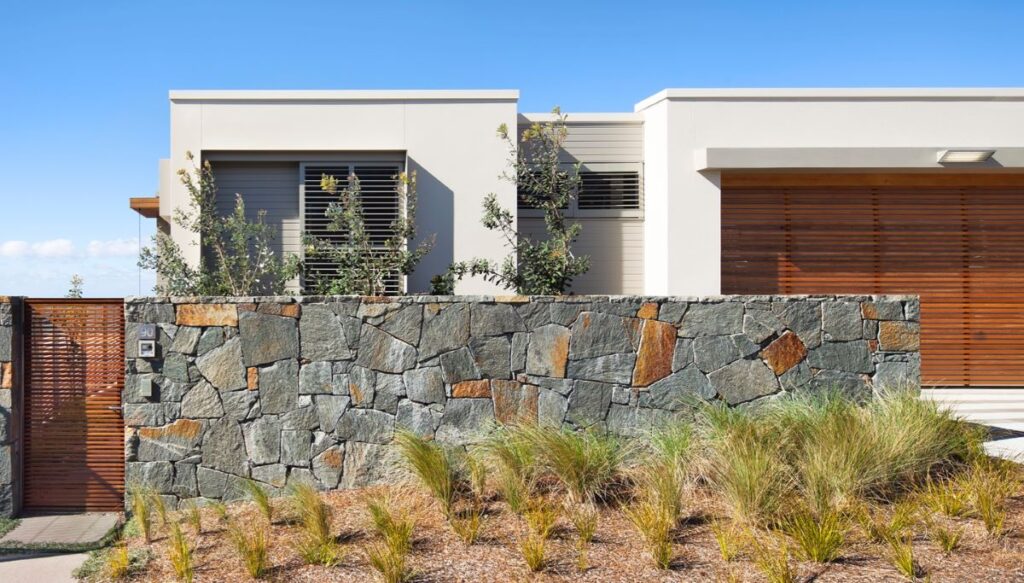Understanding Arborist Services in Sydney
When it comes to maintaining the health and safety of trees in urban environments, the role of an arborist cannot be overstated. In Sydney, where the landscape is dotted with both native and exotic trees, the expertise of a qualified arborist is essential. This article delves into the various aspects of arborist services, the importance of tree risk management, and how to choose the right arborist for your needs. The Role of an Arborist Arborist services Sydney are provided by trained professionals who focus on the care and management of trees. Their expertise encompasses a wide range of tasks, from tree health assessments to risk evaluations. Arborists are equipped to identify potential hazards, such as disease or structural weaknesses, and recommend appropriate actions to mitigate risks. In Sydney, arborist services play a crucial role in ensuring that trees are not only healthy but also safe for the community. With the increasing frequency of severe weather events, understanding tree risk management has become more important than ever. According to recent reports, a staggering 65% of SES call-outs during the 2024–2025 storm season involved tree damage, highlighting the need for proactive tree management. Tree Health Assessments One of the primary responsibilities of an arborist is conducting tree health assessments. This involves evaluating the overall condition of a tree, including its leaves, branches, and trunk. Arborists use their knowledge to identify signs of disease or pest infestations that could compromise a tree’s health. Regular health assessments are vital for maintaining the longevity of trees, especially in urban areas where environmental stressors can take a toll. An arborist can recommend treatments or interventions, such as pruning or fertilisation, to enhance the tree’s health and resilience. Tree Risk Management Tree risk management is a critical aspect of an arborist’s work. As highlighted by Peter Gray, a consulting arborist, accurately assessing whether a tree or its parts are likely to fail is a complex task. This is particularly important in urban settings, where falling trees can cause significant harm to people and property. In January 2025, a tragic incident in Cowra underscored the dangers associated with tree failures when a man lost his life due to a falling tree during a storm. Such events emphasise the importance of engaging a qualified arborist to conduct thorough risk assessments, especially in areas prone to severe weather. Choosing the Right Arborist in Sydney Finding the right arborist can be a daunting task, especially with so many options available. Here are some key factors to consider when selecting an arborist in Sydney: Services Offered by Arborists Arborists in Sydney offer a variety of services tailored to meet the needs of both residential and commercial clients. Some of the common services include: Legal and Insurance Considerations Engaging an arborist is not just about maintaining the aesthetic appeal of your property; it can also have legal and insurance implications. In the event of a tree-related incident, having a professional arborist report can be invaluable. These reports can serve as evidence in insurance claims or legal disputes. Companies like Arborlogix and Priority Tree Services provide AQF Level 5 arborist reports, which are essential for development approval and legal purposes. Such documentation ensures that you are protected and compliant with local regulations. The Importance of Tree Management Effective tree management goes beyond aesthetics; it contributes to environmental sustainability and public safety. Trees play a vital role in urban ecosystems, providing shade, improving air quality, and supporting biodiversity. However, poorly managed trees can pose significant risks, particularly during storms. With the alarming statistic that one person dies from falling trees in urban areas for every 5 million people, it is clear that proactive tree management is crucial. Engaging a qualified arborist can help mitigate these risks and ensure that trees remain a safe and beneficial part of the urban landscape. Community Engagement and Education Arborists also play a key role in community engagement and education. Many professionals offer workshops and seminars to educate the public about tree care and the importance of maintaining healthy trees. By fostering a greater understanding of tree management, arborists can empower individuals and communities to take an active role in caring for their local environment. In Sydney, various organisations and arborist groups work together to promote tree health and safety. Initiatives such as tree planting days and community clean-up events not only enhance the urban landscape but also strengthen community ties. Conclusion In summary, the role of an arborist in Sydney is multifaceted, encompassing tree health assessments, risk management, and community education. With the increasing frequency of severe weather events and the associated risks, engaging a qualified arborist is more important than ever. By understanding the services offered and the qualifications required, you can make informed decisions that contribute to the health and safety of your trees and, ultimately, your community. Whether you require a tree risk assessment, health evaluation, or a comprehensive arborist report, there are numerous qualified professionals in Sydney ready to assist. Investing in the expertise of an arborist not only enhances the beauty of your property but also ensures the safety and sustainability of the urban environment. More to Read : Understanding Arborists and Their Role in Urban Forestry
Understanding Arborist Services in Sydney Read More »










